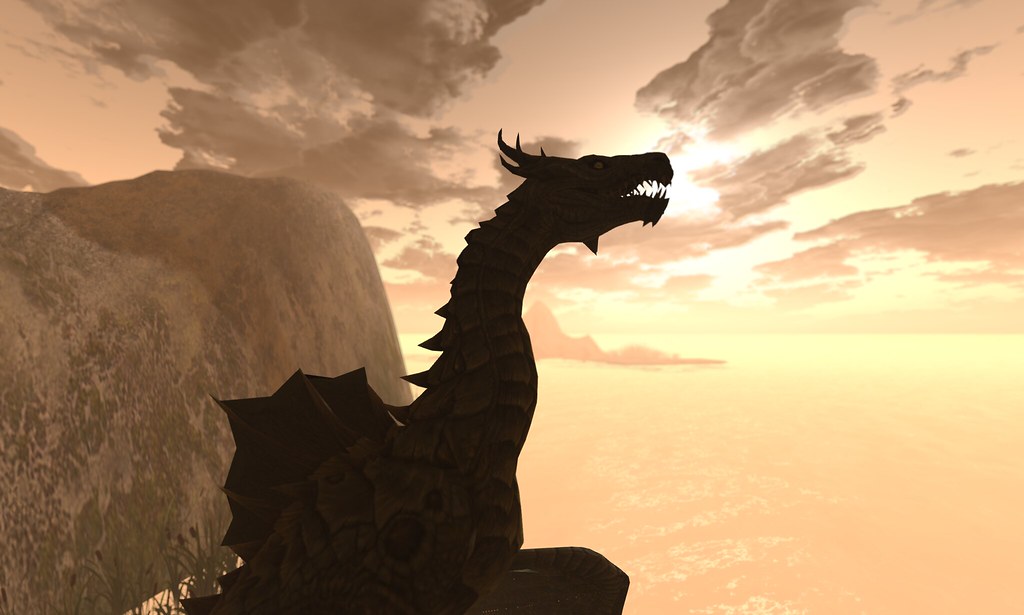Discover the Enchanting World of Chinese Mythology

For millennia, Chinese mythology has shaped the cultural landscape of this vast nation, influencing everything from ancient architecture to modern festivals. As you journey through China, you’ll discover how these age-old legends continue to breathe life into tourist destinations, sacred spaces, and local traditions. This guide will help you explore the rich tapestry of Chinese mythology while visiting its most significant sites.
Table of Contents
The Celestial Hierarchy: Understanding Chinese Deities
The Supreme Deity: 皇天上帝 (Huángtiān Shàngdì)
In the earliest records of Chinese civilization, 皇天上帝 was worshiped as one entity, representing the supreme force governing both natural phenomena and human affairs. This concept emerged during the Shang Dynasty (1600-1046 BCE), when day kings and emperors would conduct elaborate ceremonies to maintain harmony between heaven and earth.
The ritual relationship between rulers and deity was complex and multifaceted:
- Emperors served as the sole intermediaries between heaven and earth
- Regular sacrifices were required to maintain cosmic harmony
- Agricultural cycles were closely tied to celestial worship
- Natural disasters were interpreted as divine disapproval
- Imperial succession required heavenly mandate

The archaeological evidence from the Shang period reveals oracle bones inscribed with questions to the divine, showing how deeply this belief system penetrated early Chinese governance. Modern travelers can witness this legacy at sites like:
The Temple of Heaven Complex in Beijing
- The Hall of Prayer for Good Harvests: Where emperors prayed for bountiful crops
- The Imperial Vault of Heaven: Housing sacred tablets
- The Circular Mound Altar: Site of winter solstice ceremonies
- The Echo Wall: Demonstrating ancient acoustic engineering
- Ancient cypress gardens dating back 500 years
Visitor Tips:
- Visit early morning to avoid crowds
- Allow full day for exploration
- Hire a knowledgeable guide for historical context
- Bring comfortable walking shoes
- Photography permitted in most areas

The Celestial Bureaucracy
The concept of a celestial bureaucracy mirrors ancient Chinese administrative systems. The Jade Emperor (玉皇大帝) presides over a complex hierarchy that represents the order of earth and heaven. This divine governance structure includes:
- The Ministry of Time (掌管时令的神仙)
- The Gods of the Four Seasons
- The Twelve Monthly Deities
- The Twenty-Eight Constellations
2. The Ministry of Wealth (财神殿)
- Bi Gan: Patron of merchants
- Zhao Gongming: God of military wealth
- Guan Yu: God of prosperity and protection
3. The Ministry of Literature (文曲星)
- Wenchang Wang: Patron of scholars
- Kui Xing: God of examinations
- The Four Literary Stars

Modern travelers can explore these concepts at temples throughout China:
Beijing’s Dongyue Temple
- Largest collection of deity statues
- 76 departments of divine management
- Ming Dynasty architecture
- Regular folk religion ceremonies

Shanghai City God Temple
- Center of local folk religion
- Traditional architecture
- Active worship site
- Connected to Yu Garden

The Creation Myth and World’s Formation
Chinese mythology includes several compelling creation narratives, with Pangu’s story standing as one of the most important mythological fiction tales. The creation unfolds in distinct phases:
The Pangu Creation Story
- Initial Chaos Period
- The universe existed as a cosmic egg
- Contained yin and yang forces
- 18,000 years of gestation
2. The Great Separation of Earth and Heaven
- Pangu’s legendary axe split reality
- 18,000 years of continuous growth
- Daily expansion of the cosmos
3. Pangu’s Transformation
- Breath became wind and clouds
- Voice created thunder
- Eyes formed sun and moon
- Body became mountains
- Blood formed rivers
- Muscles transformed to land
- Hair became vegetation
- Bones became minerals
- Marrow formed precious stones
- Sweat fell as rain

Another significant figure, Gong Gong, appears in mythology as a powerful water god who damaged Mount Buzhou, creating geographical chaos that explains many natural features visible today.
Sacred Geography: Mythological Landmarks
The Yellow River’s Divine Origins
The Yellow River holds profound significance in Chinese myth, with powerful and divine creatures shaping its course. Ancient tales speak of a huge flood that threatened civilization until Yu the Great implemented flood control measures that established the Xia Dynasty.
Key Sites Along the Yellow River:
Hukou Waterfall
- Second largest waterfall in China
- Traditional sacred site
- Best visiting seasons: April-October
- Viewing platforms and hiking trails
- Local mythology exhibits

Xiaolangdi Dam Area
- Modern engineering meets mythology
- Evening water shows
- Cultural museum
- Traditional boat rides
- Folk story performances

Sacred Mountains and Mythological Geography
Five Sacred Mountains hold particular significance in Chinese mythology:
- Mount Tai (泰山)
- Where yellow emperors performed ceremonies
- Sunrise viewing platforms
- Ancient temples and inscriptions
- Cable car access available
- Traditional pilgrim routes
2. Mount Hua (华山)
- Taoist sacred peak
- Dangerous cliff paths
- Ancient meditation caves
- Chess pavilion
- Night climbing options
3. Mount Song (嵩山)
- Center of heaven and earth
- Shaolin Temple location
- Ancient astronomical site
- Buddhist and Taoist temples
- Historical inscriptions
Each mountain features unique myths and magical powers associated with specific deities and immortals.

Popular Mythological Characters
Sun Wukong: The Monkey King
The beloved Monkey King represents Chinese mythology’s most enduring character, known for:
- Magical powers and transformations
- Rebellion against heaven
- Journey to the West
- Buddhist enlightenment
- Modern cultural influence

Notable Sun Wukong Sites:
- Fuzhou’s Monkey King Temple
- Chengdu’s Wuhou Temple
- Hangzhou’s Lingyin Temple
- Xi’an’s Great Wild Goose Pagoda

Divine Love Stories
Chinese mythology includes numerous tales where deities fell in love with mortals:
- Chang’e and Houyi
- Immortality elixir
- Moon palace exile
- Mid-Autumn Festival origins
- Modern space program namesake
2. Niulang and Zhinü
- Separated lovers
- Magpie bridge
- Qixi Festival
- Star-crossed romance
3. Dong Yong and Seven Fairy
- Filial piety theme
- Heavenly weaving
- Divine intervention
- True love’s sacrifice

Modern Impact and Folk Religion
Contemporary Religious Practice
Chinese folk religion continues to incorporate mythological elements:
- Temple festivals
- Household shrines
- Seasonal celebrations
- Community rituals

Festival Connections
Major Chinese festivals trace their origins to mythology:
- Qu Yuan’s loyalty
- Rice dumpling traditions
- Dragon boat races
- Ritual cleansing

Ghost Festival
- Ancestral worship
- Hungry ghost appeasement
- Paper offering traditions
- Temple ceremonies
- Nian monster legend
- Red decoration significance
- Firecracker traditions
- Family reunion customs

Practical Travel Planning
Optimal Visiting Seasons
Plan your mythology-themed journey according to:
- Festival dates
- Weather conditions
- Tourist peak times
- Local celebrations
Photography Guidelines
Respect sacred sites while documenting your journey:
- No flash photography in temples
- Ask permission for ceremony photos
- Follow local customs
- Purchase photo permits where required
Essential Preparations
Before exploring mythological sites:
- Research local customs
- Book religious tours in advance
- Pack appropriate attire
- Learn basic etiquette

Conclusion: Living Mythology
Chinese mythology remains deeply integrated into modern life, offering travelers unique insights into both ancient and contemporary Chinese culture. From the supreme deity 皇天上帝 to beloved folk heroes, these stories continue shaping China’s cultural landscape, making mythological sites essential stops for any curious traveler.
The intersection of myth, history, and daily life creates an unparalleled journey through time. Whether exploring ancient temples or participating in traditional festivals, understanding these mythological foundations enriches every aspect of your China travel experience.

